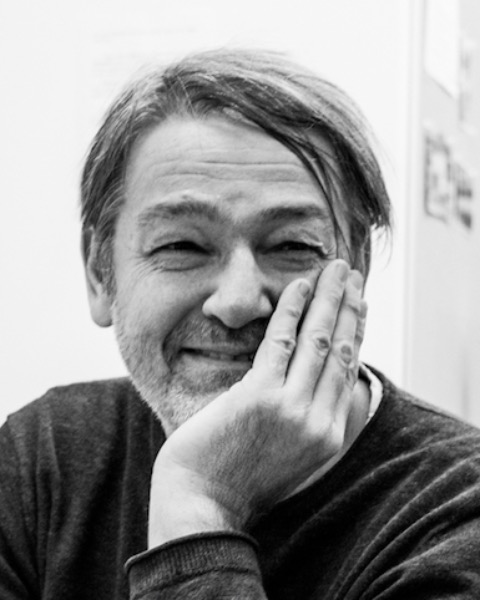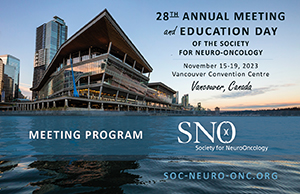
Jacques Grill
Université Paris-Saclay
Paris, France
Born January 7th, 1965 in Mulhouse (France), 2 children.
Clinical activities since 2001: Assistant Spécialiste des Centres de Lutte Contre Le Cancer (Associate Professor-Tenure Tract), Head of the Brain Tumor Programme, Department of Pediatric and Adolescent Oncology, Gustave Roussy - Villejuif.
Research activities since 2014: Principal Investigator and Group Leader since 2014 "Identification of targets and innovative therapies in pediatric tumours", UMR 8203 CNRS, Université Paris-Sud - Villejuif.
Clinical trials leadership
-"HERBY: A phase II open label, randomized, multicenter, comparative study of bevacizumab-based therapy in pediatric patients with newly-diagnosed non-brainstem high-grade gliomas".
-"VINILO: European Phase I/II study of the combination vinblastine-nilotinib in children and adolescents with refractory or recurrent low grade gliomas".
-"BIOMEDE: BIOlogical MEdicine for DIPG (diffuse intrinsic pontine glioma) Eradication".
-"TEMIRI: A phase II study of irinotecan in combination with temozolomide in children with recurrent or refractory medulloblastoma or newly diagnosed high-grade glioma: a joint ITCC and SIOPE-brain tumor study".
Current Research Interests
Our research group is aiming at the discovery of oncotargets in pediatric cancers and their preclinical validation with drugs able to enter the therapeutic armentorium. Our main focus is glial tumors. In the past years, we have identified several key players in DIPG biology. First, the role of mutated ACVR1 in some DIPG through the first WGS of DIPG at diagnosis. Second, we published the first drug screen in DIPG cell lines. Third, we identified two distinct groups of DIPG identified on the basis of the type of histone H3 mutated. Fourth, we showed that the type of histone H3 mutated and not the location of the tumor on the midline gowern the biology of these neoplasms that shared however a common biology distinct from the other high-grade gliomas. Finally, we recently identified the role of TP53 driving radioresistance of DIPG.

